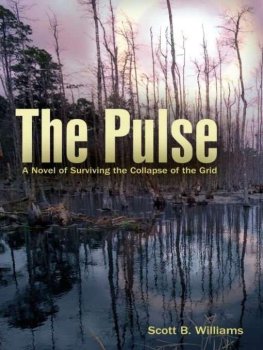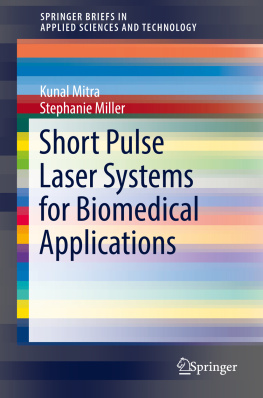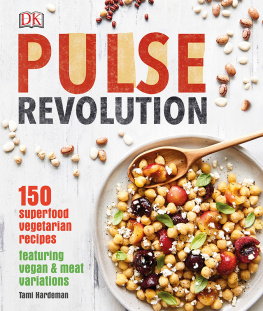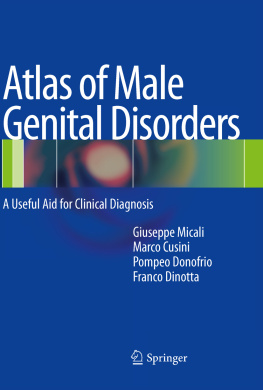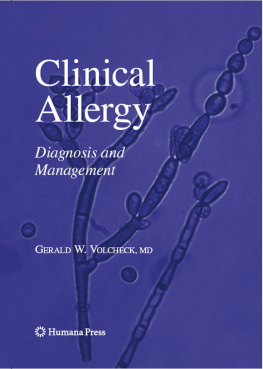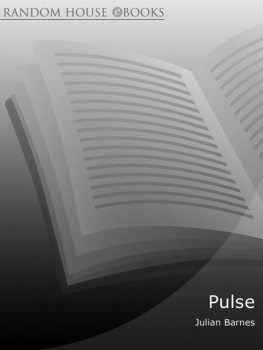Preface
It should be self evident: the pulse reflects life, and so the development of an expert knowledge of pulse must be a key task for practitioners in assessing health. It should also come as no surprise that medical practitioners, from all parts of the world and throughout the course of history, have considered the pulse to reflect or infer aspects of an individual's state of health. Information obtained from measurement of the pulse flow wave still plays a role in contemporary biomedical clinical practice but is supplemented, if not superseded, by measurement procedures using sophisticated medical devices developed specifically for measuring these changes. Similarly, Chinese medicine continues to also employ pulse assessment in the clinical examination process. For the practitioner of Oriental medicine, interpretation of the pulse characteristics depends on manual palpatory discrimination of changes in pulse variables and their relation to health and disease. This practice relies on a complex system of theories, developed over the past 1800 years, that link changes in arterial characteristics and blood flow to health and pathology, taking into account circadian rhythms, an individual's environment and personal traits.
In recent years attention has focused on the use of objective measurement techniques to attempt to record the CM pulse objectively and consequently address some of the problems associated with manual pulse assessment. Yet, in spite of the many claims regarding success in this area using various types of electronic apparatus, to date there is no evidence that these measurements are recording the pulse in the same way that it is palpated manually. This means that pulse diagnosis continues to be a subjective process dependent upon a practitioner's palpatory skills and ability to discriminate changes in the pulse contour. Clearly, the application of pulse diagnosis in practice, and the teaching and learning of pulse assessment techniques, require clear detailing of pulse changes to avoid confusion; pulse diagnosis becomes an inherently unreliable assessment tool if this is not so. Without this clarity, it is difficult to learn and apply pulse palpatory technique in practice. Clear, unambiguous instructions are vital.
Needless to say, the body of literature written on pulse palpation as a diagnostic technique is extensive. It expands across centuries and across cultures, from Galenic traditions practiced until recent times in Europe to the theoretical medical constructs of Imperial China and Oriental medicine. Prognostic and diagnostic directions for the use of the information derived from pulse palpation are extensively discussed in the diverse body of pulse literature. The literature on pulse diagnosis is also eclectic. The literature details both diverging and conflicting theoretical constructs for interpreting pulse findings. These coexist side by side within the same and differing medical systems.
Often, then, for the practitioner to embrace the use of the pulse as part of the examination process requires an acceptance of what is written in the literature as clinically relevant. The only alternative often seems to be to reject the literature and pulse diagnosis altogether. Irrespective of which approach is taken, one thing is for certain: interpreting and understanding the literature and mastering of pulse palpation for diagnostic use can be overwhelming for established practitioners as well as for leamers.
Therefore, the aim of this book is to discuss, develop and provide guidelines to assist in the reliable application of pulse palpation and interpretation of any findings within the CM diagnostic framework. As such, we shall start by examining the pulse itself, its mechanisms and formation and the essential pulse components felt when palpated. This is the basis of enrich the practice of pulse-taking within Oriental medicine.
.
focuses specifically on the pulse diagnosis process itself, detailing the necessary procedures, techniques and methods for undertaking pulse assessment and the relevance of these issues in developing skills in the leamer and practitioner.
focus extensively on identifying variations in the different pulse aspects, termed parameters, and detail instructions on interpreting any perceived changes within a diagnostic context with their related indications. This includes instructions on identifying the 27 traditional pulse qualities (or 28 when the Racing pulse is considered separate from the Rapid pulse). The approach taken is flexible for interpreting pulse findings into a diagnostic framework and is equally applicable whether the pulse presents as a recognisable pulse quality or, as is often the case, when the pulse characteristics do not resemble any of the traditional pulse qualities. The information can still be used to interpret diagnostically relevant information from the pulse.
A clinical complication in the use of pulse diagnosis is that there can be several potentially very different pulse qualities that form in response to apparently the same illness or dysfunction. To address this, in a comparative manner with respect to the pathologies, dysfunction or health states that they reflect.
concludes the book with a look at other pulse assumption methods used within CM clinical practice and the application of pulse assessment findings to these systems.
Acknowledgements
The seeds of this book were sown many years ago, and it results in no small part from the encouragement we received when we enrolled in the Chinese Medicine (CM) postgraduate program at the University of Technology, Sydney (UTS). Deirdre Cobbin in particular was instrumental in guiding us towards the investigation of the underlying foundations and assumptions of CM theory and its relevance to practise, an essential but often neglected area of research. Our gratitude and thanks go to Deirdre for her effort, dedication, time and support of those engaged in this necessary research.
We would like to thank our colleague, Liz Allison, who played an integral part in the initial development of the pulse parameter system. Karen Bateman and Chris Zaslawski also made early contributions to the series of pulse studies using student research subjects, and special thanks must go to Chris for the further opportunities he provided to implement the pulse parameter system in the teaching curriculum at UTS.
Thanks also to our professional colleagues, the teaching clinics and the CM students (past and present) at UTS who were generous with their support, time and participation in our research projects and who became the sounding board for our pulse parameter system.
Chunlin Zhou was gently patient in providing valuable advice and Cong Xing Yang gave generous assistance with the Chinese characters throughout the book.
Many people outside UTS made valued contributions to the writing of this book in a variety of ways. The work of Michael O'Rourke, Raymond Kelly and Alberto Avolio contributed significantly to our understanding of the arterial pulse. From a CM perspective, while we found inspiration from a wide number of literature sources, both classical and modern, Yubin Lu's approach to pulse diagnosis was particularly relevant.
Our publishers, Elsevier, gave us the opportunity to unleash our work upon a wider audience and their editorial team have made it look good. Thanks go to Stephen Birch for his support of research in Oriental medicine and valuable advice to those engaged in it. Staff at Lush Bucket Caf provided us with much needed caffeine and lastly, but certainly not least, we would like to thank our respective partners (Greg and Peter), family and friends for their unending support and patience throughout this project.


